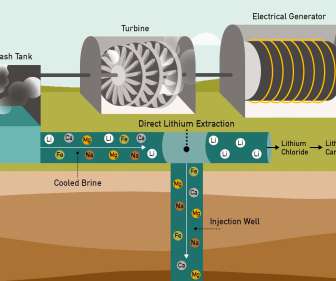Berkeley Lab leading investigation to quantify and characterize Salton Sea’s geothermal lithium resources
Green Car Congress
FEBRUARY 17, 2022
The project team will also investigate potential environmental impacts—to quantify how much water and chemical usage is needed for lithium extraction, air quality during the extraction process, and potential induced seismicity from the associated geothermal energy production.












Let's personalize your content